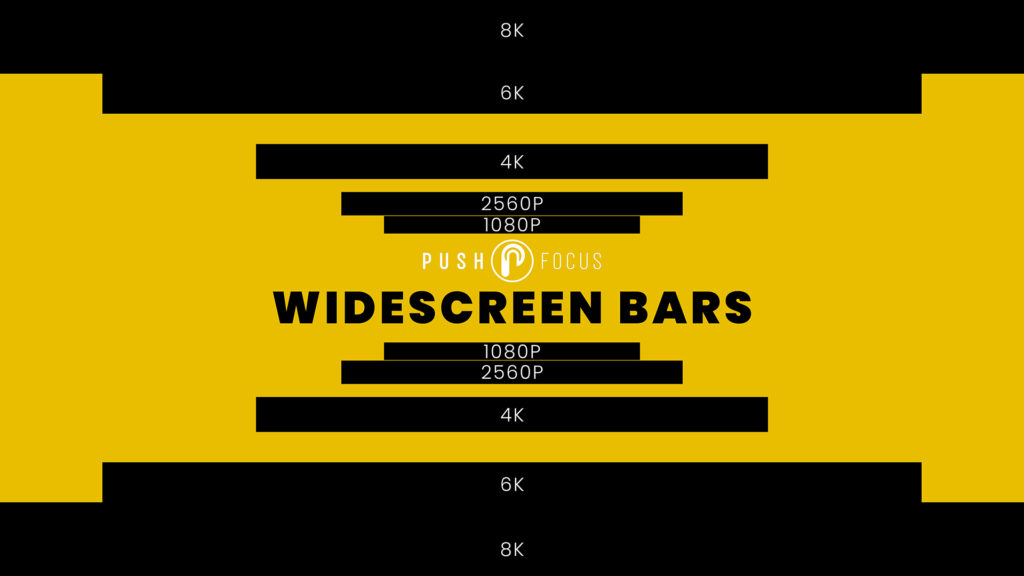
When it comes to making your videos and photos pop, two terms often get thrown around in the creative world: color grading and LUTs. If you're new to the game, these might sound like high-tech wizardry, but fear not – we're here to break it down in plain and simple terms.
Color Grading: The Art of Fine-Tuning
Color grading is like the Picasso of the visual world. It's the artistic process of adjusting and enhancing the colors and tones in your footage or photos. Think of it as painting with light, shadow, and color to create the desired mood or atmosphere.
Imagine you're editing a video or photo and want to give it a warm, cozy feel. You'd tweak the colors to add a bit more red and yellow, dial down the blues, and adjust the brightness to create that snug ambiance. That's color grading in action.
Color grading is like the Picasso of the visual world.
It's not just about making everything look pretty, though. Color grading can also be used to tell a story or convey emotions. For instance, you might use cool, desaturated tones for a mysterious scene, or vibrant, saturated colors for a lively celebration.
The beauty of color grading is that it's highly customizable. You can adjust individual color channels, adjust contrast, and fine-tune details to get the exact look you want. This flexibility allows you to get creative and experiment until your visuals match your vision.
LUTs: A Shortcut to Style
LUTs, or Look-Up Tables, are like having a shortcut to cool vibes. They are predefined color presets that you can apply to your footage or photos with a single click. Think of them as Instagram filters on steroids.
Instead of meticulously tweaking each color channel and adjusting brightness, you can simply load a LUT and watch your visuals transform instantly. It's like magic, but without the smoke and mirrors.
LUTs are like having a shortcut to cool vibes.
LUTs come in all flavors. Some mimic classic film looks, while others create moody, cinematic atmospheres. Whether you want your video to resemble a vintage movie or give it a futuristic sci-fi vibe, there's a LUT out there for you.
One of the biggest advantages of LUTs is their ease of use. You don't need to be a color grading wizard to apply them. They're beginner-friendly and a time-saver for those who need a quick, stylish look without diving into the nitty-gritty of color grading.
If you're looking to start a collection of LUTs for your projects, check out our list of 266 Free Cinematic LUTs for Video Editing.
So, What Sets Them Apart?
Now that we've got a grasp on both color grading and LUTs, let's dissect the key differences between the two:
- Customization: Color grading wins the customization battle hands down. With color grading, you have full control over every color, tone, and detail in your visuals. LUTs, on the other hand, offer limited customization. You can adjust their intensity, but you can't fine-tune specific aspects like you can with color grading.
- Artistic Freedom: If you're an artist at heart and love to express yourself through your visuals, color grading is your playground. It allows you to craft a unique style that matches your vision. LUTs, while handy, can limit your artistic expression because they are pre-made and may not perfectly align with your creative ideas.
- Learning Curve: Color grading can be intimidating for beginners, especially those who aren't tech-savvy. It requires some understanding of color theory and software tools. LUTs, on the other hand, are a breeze to use, making them accessible even to newcomers.
- Consistency: LUTs excel at delivering consistent results across different shots or scenes. When you apply the same LUT to multiple clips, they all take on the same look instantly. Color grading, while powerful, requires meticulous adjustments for each shot to maintain consistency.
- Speed: If time is of the essence, LUTs are your best friend. They provide quick results, perfect for tight deadlines or when you need to edit a large volume of footage in a short time. Color grading, being a more intricate process, takes more time to achieve the desired results.
In Summary
In the world of visual storytelling, both color grading and LUTs have their place. Color grading offers the ultimate artistic control and flexibility, allowing you to craft visuals that match your unique vision. It's the go-to choice for professionals who want to create stunning, personalized looks.
On the flip side, LUTs are like the superheroes of quick and stylish transformations. They're perfect for beginners, time-sensitive projects, or achieving a specific look without the fuss of manual adjustments.
Ultimately, the choice between color grading and LUTs depends on your goals, skills, and project requirements. You can even use both in harmony, starting with a LUT as a base and then fine-tuning with color grading to add that extra layer of perfection.
So, whether you're an aspiring filmmaker, a seasoned photographer, or just someone who wants to make their vacation videos pop, understanding the differences between color grading and LUTs will help you take your visuals to the next level. The choice is yours, and now you have the knowledge to make it wisely. Happy editing!






